Junihitoe (also juunihitoe), 十二単, “twelve layers”, traditional layered robes
When you think of “historical” Japanese clothing, what comes to mind? Odds are, at least one thing is the gorgeous, elaborate, cumbersome junihitoe worn by high-ranking women of the Heian era court. Like many things that we now consider intrinsically Japanese, the junihitoe was inspired by contemporary Chinese fashion. The elegant drape and sumptuous layers evoked the sophisticated hanfu, with a distinctly Japanese flair.
The name junihitoe literally means “twelve layers”, but is a bit of a misnomer. It included the kimono-like layers but also under-layers and over-layers. They were known to have anywhere from four to twenty layers (can you imagine the bulk?!) but were eventually fixed at a specific arrangement. The entire structure was composed of the following:
- Kosode - Narrow sleeved under-robe
- Nagabakama - Long, formal hakama
- Hitoe - Single unlined silk layer
- Itsutsuginu - Five or six colour-coordinated layers forming the bulk of the ensemble
- Uchiginu - Stiff silk robe to provide shape and support
- Uwagi - Smaller, narrower decorative silk layer often denoting rank
- Kawaginu - Short jacket-type layer
- Mo - Decorative apron-like skirt worn trailing in the back
The colours of the itsutsuginu have specific meanings and representations. The combinations would change depending on the season or specific celebratory event. For a very thorough and easy-to-read list of these combinations, please check out this Guide to Kasane no Irome on Sengoku Daimyo.
Since women of the court often devoted themselves to intellectual and aesthetic pursuits such as writing, painting, and poetry, the weight and bulk of the junihitoe was not a significant impediment to daily life. They had attendants to assist them with nearly everything from the dressing process to fetching food and items.
However, they’re obviously utterly impractical for the modern woman. Nowadays, there are very few places you’ll see someone in one of these ensembles. Typically, when a new emperor is enthroned in Japan, both he and his wife will wear traditional court robes; for the empress this means junihitoe.
- Emperor Akihito and Empress Michiko, 1989
- Emperor Naruhito and Empress Masako, 2019
Aside from traditional ceremonies such as these, people can choose to be professionally dressed in junihitoe at henshin (dressing) studios and then pose for photographs. There are also wedding uchikake made to recall their multi-layered feel, such as those made by designers Mai-Curren, but the layers in these are faked, using extra fabric around the collar, sleeves, and hem as well as a trailing hem reminiscent of the mo (apron). They have a very distinctive look to them.
- Mai-Curren Uchikake, photo courtesy of Ichiroya.com
If you had the opportunity, would you choose to try a junithitoe on? It seems very overwhelming, but I would still love to wear such an ensemble, if only for photographs.

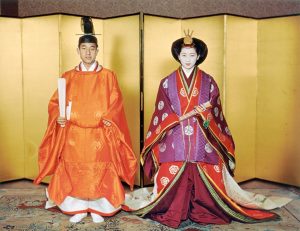

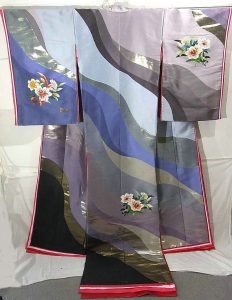
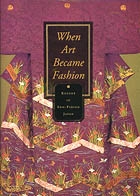
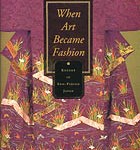
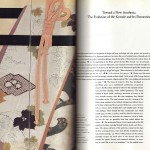
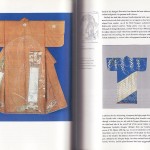
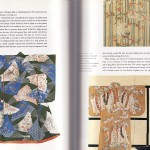
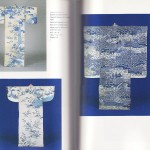











 Bebe Taian
Bebe Taian CHOKO Blog
CHOKO Blog Gion Kobu
Gion Kobu